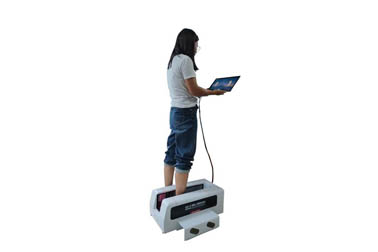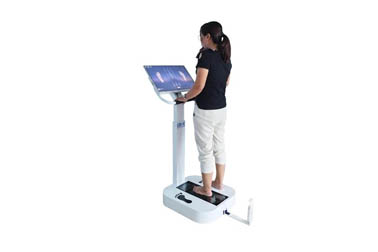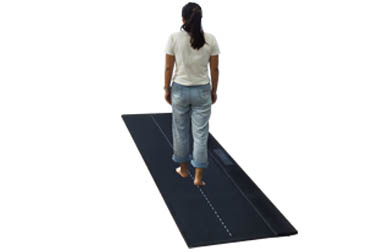Core Applications of Laser Scanning Technology in Custom Sports Shoes
Laser scanners project a Class 2M safety laser line (wavelength 650nm) onto the foot surface, equipped with an 8-view high-precision sensor array, capable of completing dual-foot scanning within 20 seconds, generating an STL model containing 15,000–30,000 triangular facets.
This non-contact measurement method avoids the physical contact issues associated with traditional plaster casting, and its ±0.5mm accuracy precisely captures critical parameters such as arch curvature and forefoot width.
Unique Technical Advantages of Laser Scanning
Dynamic Adaptability
Line-array laser scanning can penetrate thin socks (thickness <1mm), enabling measurement while wearing socks, thus solving the inconvenience of repeatedly removing and putting on socks in custom footwear fitting.
The dynamic scanning system developed by Germany's Fraunhofer Institute can even capture real-time foot deformation data during gait motion.
Biomechanical Modeling
Scanned data, processed using a B-spline curve fitting algorithm, generates a 3D model containing over 60 foot characteristic parameters. These data can be directly imported into shoemaking software such as Shoemaster for last matching.
The 3D-printed running shoes worn by Olympic athlete Aleja Schmidt were designed with a honeycomb shock-absorbing structure based precisely on such laser scanning data.
Material Compatibility
Compared to structured light scanning, laser technology demonstrates stronger penetration through dark-colored athletic socks (e.g., carbon fiber materials), avoiding modeling errors caused by light absorption. Testing conducted by Delft University of Technology in the Netherlands showed that laser scanning achieved a 27% higher modeling success rate for dark athletic socks than structured light scanning.
Typical Application Cases
Basketball Shoe Customization: Laser scanning captures high-pressure zones in the forefoot during jumping, enabling a 15% increase in TPU material density in corresponding areas of the 3D-printed midsole, resulting in a 40% improvement in impact absorption.
Marathon Running Shoes: Scanning revealed that an athlete's collapsed arch caused lateral pressure shift. Based on this, a gradient support frame was designed in the arch area of the insole, reducing post-race blister incidence by 65%.

 +86-0755-86131192
+86-0755-86131192 2025-09-04
2025-09-04 Back to list
Back to list








 +86-0755-86131192
+86-0755-86131192